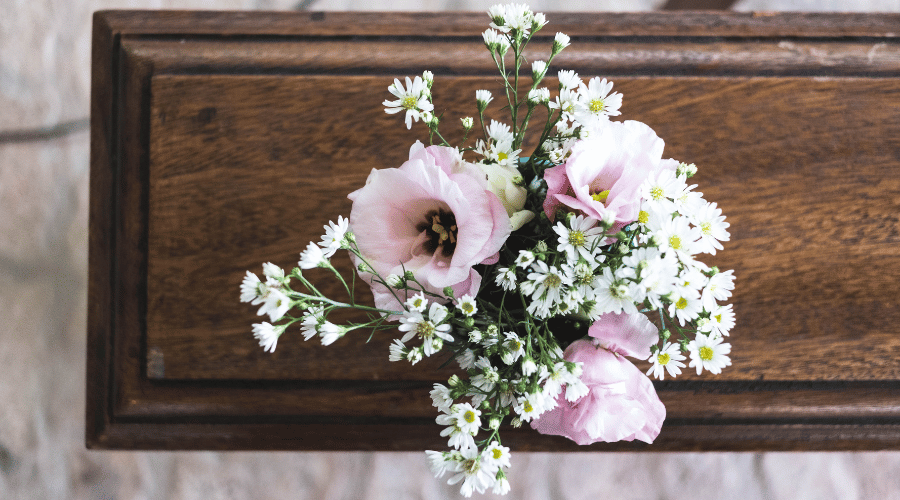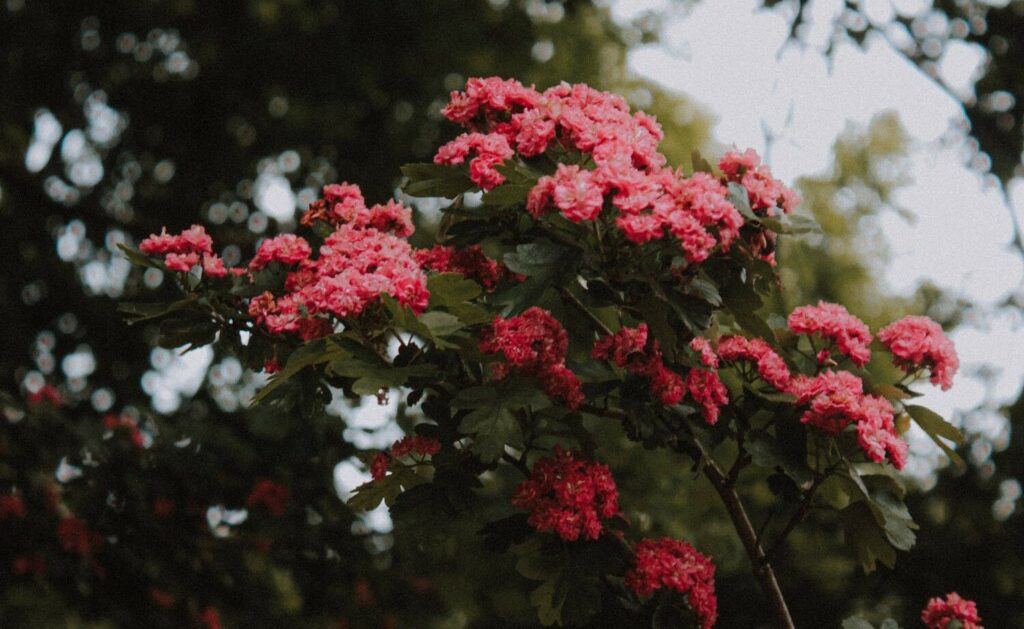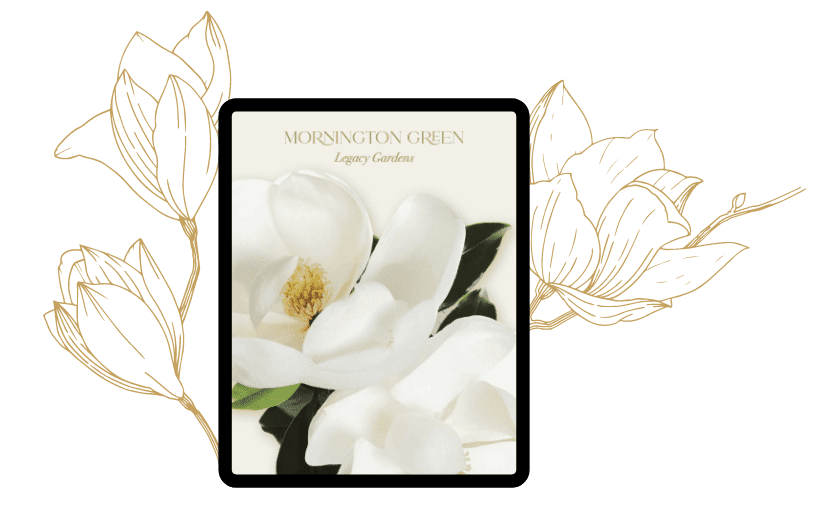With the environmental impacts of cemeteries becoming well known and people beginning to consider cremation more often, you may be wondering what exactly cremation entails. What are cremation ashes made of? What can you do with human ashes after cremation?
We’re going to answer the most popular questions we get asked, so that hopefully you can make the best choice for you and your loved ones.
What are cremation ashes?
Cremation ashes, also known as ‘human ashes’ or even ‘cremains’, are the resulting product of cremation: an alternate to traditional casket-burials that involves burning and storing the ashes of the deceased. Much like regular ash, cremation ashes are grey-ish white, however they tend to have a coarse, almost sand-like texture.
What are cremation ashes made of?
Human ashes are made of incinerated bone fragments. The exact composition of the ashes depends on the individual’s weight, diet, age and genetic make-up; however, most people will have a chemical signature made up of calcium phosphate as well as some other salts and minerals.
Cremated ashes aren’t made of organs, tissue or water as these components of the body are incinerated by the heat. While body modifications such as implants or metal fillings/surgical devices may remain after cremation, these are taken out of the ashes.
Although the body is cremated inside of the coffin, the high heats of crematorium furnaces mean that the coffins are completely incinerated and aren’t part of the final cremains.
How are cremation ashes made?
Human ashes are made through cremation. This process is generally conducted by a crematorium, who will prepare and burn the body for a fee (we aren’t a crematorium, although we do have partners we can recommend to you). After checking to make sure any incompatible materials (such as pacemakers) are removed, the body, secure inside a flammable coffin, is placed in the crematorium furnace. Only one body is placed in the furnace at a time. Crematorium furnace temperatures reach 800-1000 degrees Celsius, with the process taking roughly 1-4 hours depending on the size of the body and furnace model. The ashes are then taken to be cooled and sorted for any metal remains. Afterwards, the ashes are returned to the family so they can decide how to honour them.

What to do with cremation ashes?
Depending on the wishes or your loved one and family, there are many things you can do with cremation ashes to honour your loved ones. We’ve compiled 5 popular choices below:
- Scatter them
One of the most common things to do with human ashes is to scatter them over a place that holds significance to your loved one. Whether it be in their garden, over the ocean or even from a plane, there are plenty of options to choose from. However, there are a few things to consider before choosing this option; To start, it is important to get permission from any landowners if you intend to scatter ashes over private property. Similarly, boat or plane owners should be advised if you want to scatter ashes while employing their service. It is also crucial to check with local environment guidelines to ensure that you won’t damage the environment in the process.
- Keep them in an Urn
This more traditional way of keeping ashes allows you to return to and visit your loved one much like a regular gravestone would. You can choose to house them at certain funeral sites or alternatively keep them in your home with your family. Urns are a great option as they are highly customisable; They can be made specifically for your loved one, with many options for material, colour, shape, and even engravings. Alternatively, funeral homes often offer premade urns that can be cheaper while still meeting your individual needs.
- Bury them
Much like traditional remains, cremated ashes can also be buried. They are most often buried within an urn. Burial locations could include private property, urn burial sites or even in a mausoleum. As a benefit, generally these burials cost less than traditional ones, but, cremated ashes are highly alkaline and are therefore harmful to the environment.
- Make something from them
A variety of services exist to create memorable ways to use ashes. From jewellery to fireworks or even tattoo ink, there is something just right for everyone. Most services focus on one type of product, so do your research and find someone that suits your individual needs.
- Infuse them with a tree
Nature is comforting to many, especially when we are processing grief. At Mornington Green, we birth new life from loss by planting Living Legacy Trees into ash-infused soil, allowing your loved one to live on as a tree. Not only is this process environmentally friendly, but families are able to personalise the way they honour the deceased by choosing from a variety of trees with different personalities and symbolism.
Larger trees can be used for couples or even families, and ashes can be infused later than the initial planting, meaning that you have the option to be buried with your loved one even if you pass at different times.

We hope you have learnt a little more about cremation ashes. If you are interested in learning more about Living Legacy Trees, these are some of the many trees in Melbourne that you can choose from.



